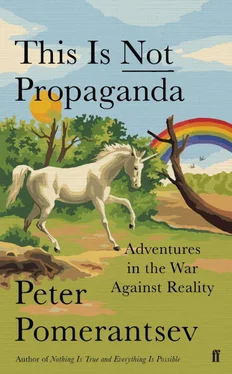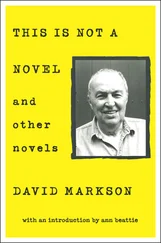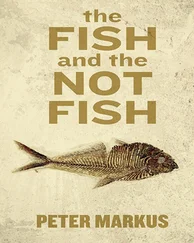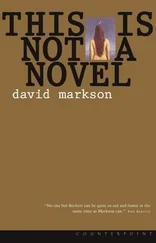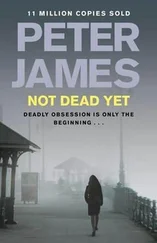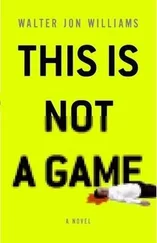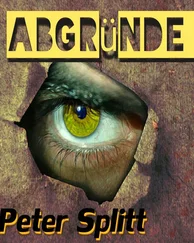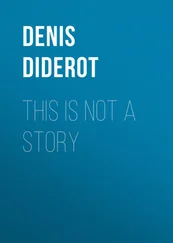Facts become secondary in this logic. After all, you are not trying to win an evidence-driven debate about ideological concepts in a public sphere; your aim is to seal in your audience behind a verbal wall. It’s the opposite of ‘centrism’, where you have to bring everyone together in one big tent, smooth out differences. Here the different groups don’t even need to meet each other. Actually, it might be better if they don’t: what if one perceives the other as their enemy?
To seal this improvised identity one needs an enemy: ‘the non-people’. Best to keep it too as abstract as possible so anyone can invent their own version of what it means: ‘the Establishment’ will do, or ‘elites’, ‘the swamp’. The spin doctor in Mexico admitted that, sadly, this could get nasty. Consider the US. The Trump presidential campaign targeted free-marketeers, American preservationists, ‘anti-elites’, [5]the working class – and that doesn’t even touch on the multitude of micro-groups targeted on social media. Some social media ads didn’t even mention Donald Trump himself, avoiding showing the reality-show star and focusing instead on touchy-feely messages that were quite out of synch with his vitriol. But, unlike their rivals in the Clinton camp, the campaign team then managed to unite all these different groups in a general anger at ‘the swamp’ and foreigners.
Or one could look at Italy, where the Five Star Movement started as a series of Facebook blogs representing completely different grievances for different audiences, from ecology to immigration, potholes in roads to foreign policy. The fault for all of these was laid at the door of ‘the Establishment’ and channelled through the manic energy of their anarchic, curly-haired, sweary leader, the comedian-turned-politico Beppe Grillo.
And then there’s England. I used to think the English were different: that if anyone in the world knew who they were, it was them, a people defined so precisely by class, accent, schools, postcodes, counties, parties and sports teams it could be hard to know, for an immigrant like myself, how to fit in. But something has shifted. An air of uncertainty underlies everything.
I’d first noticed something was changing in Britain while talking to one of the architects of the Brexit campaign soon after his referendum victory, in a pub in London. He started a sentence by saying, ‘The problem for people like you is…’ I can’t remember the rest (it may have been something like ‘metropolitan liberals are so out of touch’) because his opening words made me feel so unexpectedly at home. I’d always been the ‘Russian’ foreigner. Now, finally, I was no longer being asked to play the part of the outsider; I was in. This made me feel warm. That happiness, however, was quickly followed by dismay. The only reason I was being included was to play the puppet ‘globalist’, the enemy. ‘People like you’ was only being invoked as a contrast to the ‘real people’. In the following months I heard other variants of this theme. ‘It must be hard for people like you,’ a Brexit activist consoled me. ‘Can’t you tell Brexit happened because of people like you?’ a philosopher scolded me. It was confusing. What ‘people’ did they mean? I had always considered myself at most a lucky guest in England, and had been treated courteously as such, yet now I had woken up to find myself an enemy.
I got a more detailed picture of the logic of the Vote Leave campaign when I met with its lead digital officer, Thomas Borwick, who explained to me how the vote was won, revelling in the nerdy detail of his craft. Borwick comes from a family of Conservative Party politicians (his mother is the former MP for Chelsea), and he approaches his work like a precocious school-boy solving a puzzle or playing Risk.
Borwick’s job as a digital campaign manager is first to gather as much data as he can about voters and then to try and calculate which ones are most likely to vote for his side. Over the decades the way one perceives the electorate has changed. Back in the Cold War one used to define the electorate along simple lines of economic class; ideological left versus ideological right; Guardian readers and Telegraph readers. Then, during the 1990s and early 2000s, when politics was reduced to just another consumer product, pollsters would draw on the categories provided by marketing companies. Tony Blair’s New Labour would target categories like ‘Ford Mondeo man’ (a person who was very attracted to a certain kind of car), trying to satisfy their economic desires. Now that too seems outdated: people don’t vote according to simple categories of consumer choice. Nor do newspapers or political parties necessarily represent clear social categories any more. In the early 2010s it became fashionable to define the nation along psychological lines, substituting economic class with types of psychology. Other pollsters looked for maps that measured status and self-reliance, secure versus insecure, closed versus open.
Now social media groups can give one the most accurate reflection of the thing that might motivate different groups to vote. Animal rights or potholes? Gay marriage or the environment? A country of twenty million, Borwick estimates, needs seventy to eighty types of targeted messages. His job is then to connect individual causes to his campaign, even if that connection might feel somewhat tenuous at first.
In the case of the vote to leave the EU, Borwick confessed that the most successful message in getting people out to vote had been about animal rights. Vote Leave argued that the EU was cruel to animals because, for example, it supported farmers in Spain who raise bulls for bullfighting. And within the ‘animal rights’ segment Borwick could focus even tighter, sending graphic ads featuring mutilated animals to one type of voter and more gentle ads with pictures of cuddly sheep to others.
Animal rights supporters may actually have a very different stance on immigration – they may well be for it – but that doesn’t matter, as you are sending different targeted ads to various groups. And, of course, Borwick had the great catchphrase ‘Take Back Control’, so utterly spongy it could mean anything to anyone, with the EU framed as the enemy conspiring to undermine whichever cause it was you cared for.
‘I believe that a well-identified enemy is probably a 20 per cent kicker to your vote,’ he told me, always keen to add a data point to any statement.
And the EU has made for an easy enemy, distant and aloof. I was struck by this when I went back to visit my old school in Munich. There was a new glass and steel cube next to the original star-shaped building. The school’s population had increased from 900 to 2,000 after EU enlargement to include many of the countries formerly under Soviet domination. The aula was now packed, and I could barely pick my way through the encampments of teenagers sitting cross-legged on the floor. There were so many people I couldn’t make out any distinct languages, so great was the din. The way they dressed also seemed more uniform: Gap-style jeans and hoodies everywhere.
There were now so many EU bureaucrats with so many children that there was no room for pupils from outside, such as I had been. The dream for the European Schools had been to be a model for others, even to seep into the communities where they were located and transform them. Instead, the school in Munich, the new headmaster admitted, was disliked by locals, who couldn’t send their children to it. When I looked up the headmaster from my time there, Herr Hoyem, he was even more strident: ‘The schools were meant to be a pedagogical laboratory for Europe. Instead, they are becoming isolated company schools.’
The European Schools had become closed off from the Europe they’d once hoped to transform. It felt like a metaphor for so much of the EU project, as it struggled to articulate why it was a vision for all its citizens.
Читать дальше
